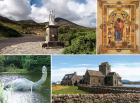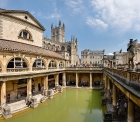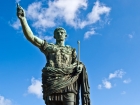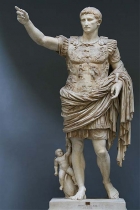Roman Britain
Roman Britain is a familiar topic on the primary curriculum and links chronologically to the Stone Age to Iron Age topic as well as the Saxons and Vikings. The focus is upon invasion, conquest, rebellion and Romanisation.
Sort by:
Date (Newest first) | Title A-Z
Show:
All |
Articles |
Podcasts |
Multipage Articles
-

Teaching ‘these islands’ from prehistoric times to 1066
ArticleClick to view -

The End of Roman Britain
ArticleClick to view -

The Roman Empire and its impact on Britain
ArticleClick to view -

The Roman army: Spy!
ArticleClick to view -

The world on the wall: exploring diversity on Hadrian's Wall
ArticleClick to view -

Trade – lifeblood of the empire: how trade affected life in Roman Britain
ArticleClick to view -

Using apps in the history curriculum
ArticleClick to view -

Using the back cover image: Reconstructing the Romans
ArticleClick to view -

What confuses primary children in history...
ArticleClick to view -

Working with Boudicca texts - contemporary, juvenile and scholarly
ArticleClick to view

